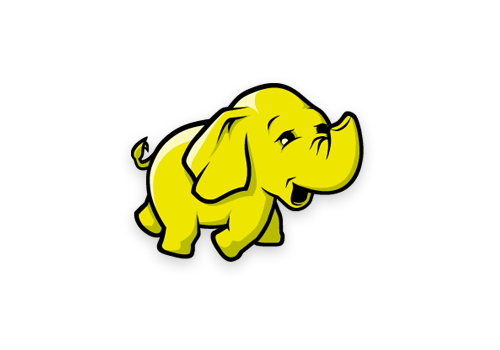MongoDB vs. RDBMS: Understanding the Differences
MongoDB and Relational Database Management Systems (RDBMS) are two different types of databases used for storing and managing data. Understanding their differences can help in choosing the right one for a project. Let’s break it down in simple terms.
1. What is MongoDB?
MongoDB is a NoSQL database, meaning it does not store data in tables with rows and columns like traditional databases. Instead, it stores data in JSON-like documents, making it more flexible and scalable.
- Data is stored in collections (similar to tables in RDBMS).
- Each record is a document (similar to a row but more flexible).
- Uses BSON (Binary JSON) format for faster data retrieval.
Example of a MongoDB Document:
{
"name": "Alice",
"age": 25,
"skills": ["Python", "MongoDB"]
}
2. What is RDBMS?
A Relational Database Management System (RDBMS) stores data in a structured way using tables with predefined schemas. Examples include MySQL, PostgreSQL, and Oracle.
- Data is stored in tables with rows and columns.
- Uses SQL (Structured Query Language) to interact with the database.
- Data relationships are managed through foreign keys.
Example of an RDBMS Table:
| ID | Name | Age | Skills |
|---|---|---|---|
| 1 | Alice | 25 | Python, MongoDB |
3. Key Differences
| Feature | MongoDB (NoSQL) | RDBMS (SQL) |
|---|---|---|
| Data Model | Document-based (JSON) | Table-based (Rows & Columns) |
| Schema | Flexible (No predefined structure) | Fixed schema (Predefined structure) |
| Scalability | Horizontally scalable (adds more servers) | Vertically scalable (adds more power to one server) |
| Speed | Faster for unstructured & large data | Optimized for complex queries & transactions |
| Joins | Not required (Data is embedded) | Uses joins to connect tables |
| Best for | Big Data, Real-time applications, IoT | Banking, CRM, E-commerce |
4. When to Use MongoDB?
- When you need flexible schema (e.g., dynamic fields in documents).
- When working with large-scale applications like social media or IoT.
- When you require high-speed read and write operations.
5. When to Use RDBMS?
- When data structure is strictly defined.
- When handling complex queries and transactions (e.g., banking systems).
- When data relationships are highly interconnected.
Conclusion
Both MongoDB and RDBMS have their strengths and weaknesses. MongoDB is great for flexibility and scalability, while RDBMS is ideal for structured data and complex relationships. Choosing the right one depends on the specific needs of your project!


